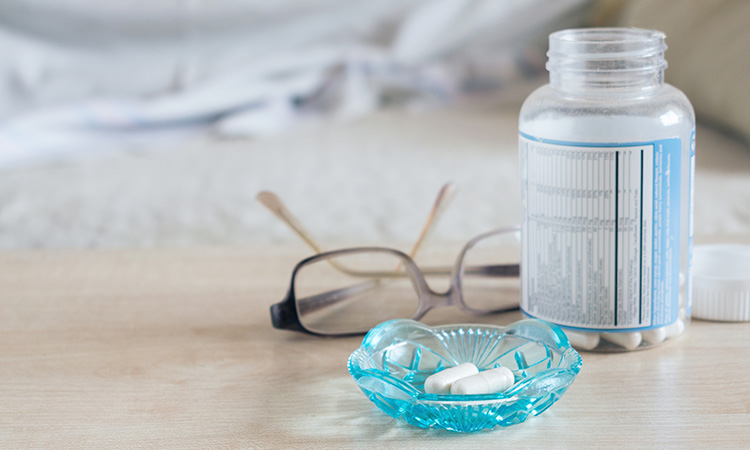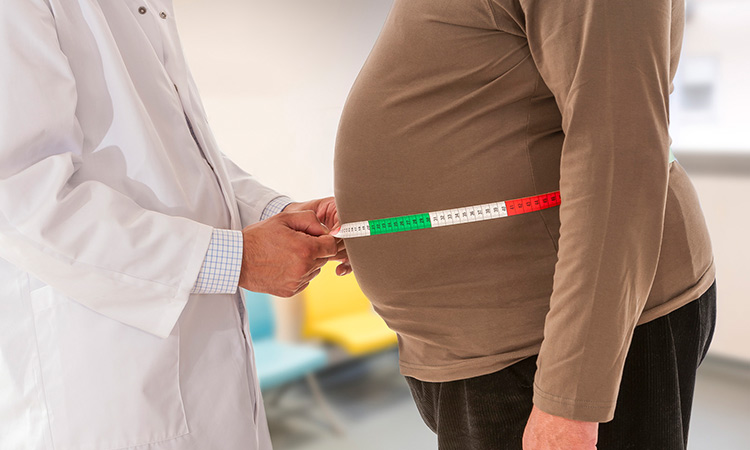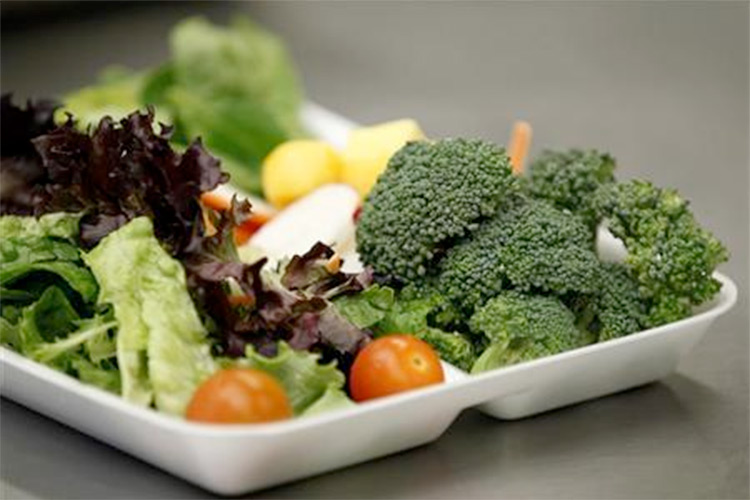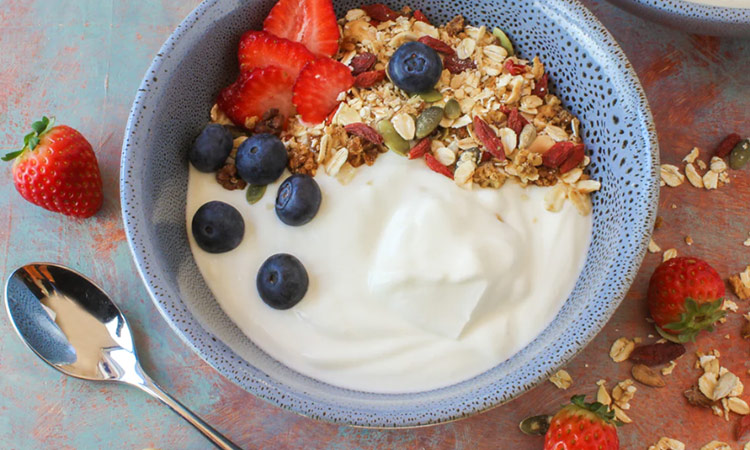Study reveals surplus body fat can be detected by saliva

This image is used for illustrative purpose.
Saliva can be used for early detection of the risk of developing diseases associated with excess body fat, in addition to keep the mouth moist and protecting from germs a new research reveals.
The researchers in Brazil performed a study published in the journal Nutrition Research in which they used the level of uric acid in saliva to predict body fat percentages in teenagers and identify those with excess fat even if they had no symptoms of chronic obesity-related disease.
The main objective of the research was to identify reliable biomarkers in saliva that correlate with those found in the blood as a contribution to the development of quick tests to monitor health, especially in children.
The experiment showed the level of salivary uric acid to be a good predictor of body fat percentage even in adolescents considered.
"The idea is to enable saliva to be more widely used as an alternative biological sample for clinical analysis. The advantage of saliva is that it can be collected several times noninvasively and painlessly, like urine," said study researcher Paula Midori Castelo from Federal University of Sao Paulo (UNIFESP) in Brazil.
In the study, the researchers collected saliva samples from 129 girls and 119 boys aged between 14-17. In addition to uric acid, they measured the levels of several other substances, including cholesterol and vitamin D.
They also underwent an oral examination to exclude participants with cavities and periodontal disease (gum inflammation)."Cavities and periodontal disease are known to influence salivary parameters such as pH (acidity), electrolytic composition and biochemistry. Both relate to the secretion of substances that can change the composition of saliva," Castelo explained.
According to the study, saliva was sampled at home after the participants had fasted for 12 hours.
Statistical analysis of the data showed that the adolescents with a high level of salivary uric acid also had a higher body fat percentage.
Using linear regression (a statistical technique that analyzes the relationships between variables), the researchers were also able to predict body fat percentage based on the level of salivary uric acid.
"The level of this compound in saliva proved to be a reliable indicator of body fat accumulation, even in adolescents who were not being treated for chronic disease. It could be the basis for an accurate noninvasive method of monitoring dietary health and achieving early detection of changes in nutritional state," Castelo added.







